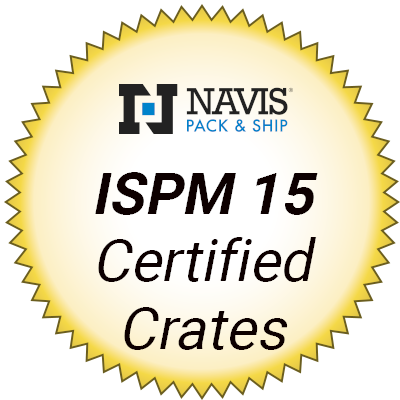The international shipping process can be complex and time-consuming, but it's essential to understand the customs freight process if you plan to import or export any product. The customs freight process is the procedure you must follow to legally ship goods across international borders. This article will highlight the critical elements of the shipping process that you should understand.
What is Customs Freight?
Customs freight involves shipping goods across international borders and declaring them to customs authorities. Customized freight services are unique solutions designed to streamline the freight and logistics processes. These services are essential to ensuring a seamless flow of shipping operations.
Key Elements of the Customs Freight Process
Understanding the custom freight process requires learning about the parties involved and their functions. Below are the parties involved in the process.
Freight Forwarders
In custom freight services, freight forwarders connect and guide you with the tools, documents, and arrangements to ship your goods. Although forwarders don't carry the goods themselves, they act on your behalf, coordinating the entire journey and logistics of shipments.
Customs Brokers
They play a pivotal role in preparing and facilitating customs clearance when shipments arrive at a designated port of entry. Customs brokers act as consultants and work diligently to ensure shipments comply with the legal requirements and can successfully clear goods with the U.S. Customs Department. Generally, customs brokers act as intermediaries between a company and the U.S. Customs Department, while freight forwarders act as intermediaries between businesses and transportation companies.
Carriers
These companies are responsible for physically shipping the goods by land, air, or sea. Carrier companies can own ships, trucks, or planes that transport cargo and sell bookings on their vessels, where forwarders can secure places for their clients.
Third-Party Logistics (3PL) Providers
These providers can manage the distribution and fulfillment of your company's orders. Third-party logistics providers are involved with tasks such as inventory management and packing boxes.
Importers and Shippers
Importers are buyers or your clients, while shippers or exporters are businesses or individuals exporting goods.
Steps in the Customs Freighting Process
Here are the steps involved in the customs freight process.
Documentation
The customs freight process begins when an importer initiates the process by requesting a quote, and the shipper prepares an invoice with the quote. However, any shipment that arrives in the U.S. is subject to inspection by U.S. Customs and Border Protection (CBP). The most common documents required include:
- Commercial invoice
- A detailed packing list
- Transportation Invoice
- Proof of insurance
- Port spending, when applicable
- Airway bill, bill of lading, inland bill of lading, and ocean bill of lading
Freight Forwarder Organizes Shipment
If you partner with a freight forwarder, they'll organize the shipment and collection of your cargo. The process involves preparing all the necessary documents required for shipping and clearance.
Booking the Shipment and Transport through a Carrier
With the essential documents prepared, the forwarder can book a slot with the carrier to ship your goods.
Goods are Processed in Customs
The shipment must be processed and cleared through customs at the border to leave the country of origin. After clearance, the goods will be cleared to leave the country.
Goods Arrive at the Destination for Import Clearance
The shipment will undergo import clearance when it arrives at its destination. For instance, goods arriving in the U.S. must be declared to the CBP. Importers or customs brokers must file a customs entry, which includes the details of the goods and their value.
Customs Duties and Taxes
The imported goods may be subject to specific tariffs and taxes. For example, the CBP assesses taxes and customs duties based on the value of goods imported into the U.S.
Shipment Release
The shipment will be released after meeting all the customs requirements. The importer can possess the shipment and deliver it to its final destination.
Custom Freight with Navis Pack & Ship
The customs freighting process can be complex and sometimes daunting. At Navis Pack & Ship, we provide a comprehensive range of custom freight services and reliable solutions for international and domestic shipments. Contact us today for your shipping needs and learn more about our services.

